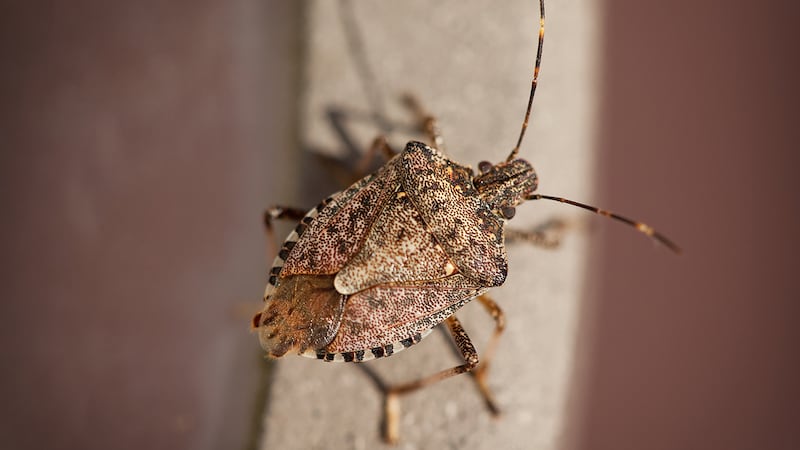As temperatures start to dip across much of the nation, there could be a smelly invasion happening.
Brown marmorated stink bugs are looking for warmth and homes are their perfect sanctuary, WHAS reported.
Stinkbug background
Stink bugs, according to Pest World, were introduced into the U.S. from Eastern Asia in the 1990s. They were first collected in Allentown, Pennsylvania, in 1996.
However, they weren’t identified until September 2001.
By 2004, they had spread to New Jersey and Virginia.
They are in 44 states and the District of Columbia.
Signs of infestation, damage they cause
According to Orkin, stinkbugs get into homes through torn screens and even cracks in doors. They can get into small gaps in the siding of homes by entering head-first and using their flat bodies to squeeze in.
They love the light and gather on sunny exterior walls before finding a way inside. Even porch lights attract them, according to Orkin.
Stink bugs can damage plants but are not really a threat to humans. They also don’t damage homes or spread diseases.
But they can be annoying, Orkin said.
Stinkbugs can fly around or crawl up walls and on ceilings.
They get their name from the odor they release when threatened and some species can actually spray the smelly chemical, Pest World said. The smell can last for hours.
But don’t smash them if you see one.
That’s because they release a strong odor too when they’ve been squished.
How do you get rid of them?
Pest World suggests using a vacuum to suck up either live or dead stink bugs but to make sure you empty the bag or container to make sure the smell doesn’t spread.
You can try some do-it-yourself stink bug traps. Elevate Pet Control has some designs here, but the company said the DIY route only gets rid of a few bugs with more possibly still lurking.
If it is a big infestation, you may want to call in pest control.
©2021 Cox Media Group







